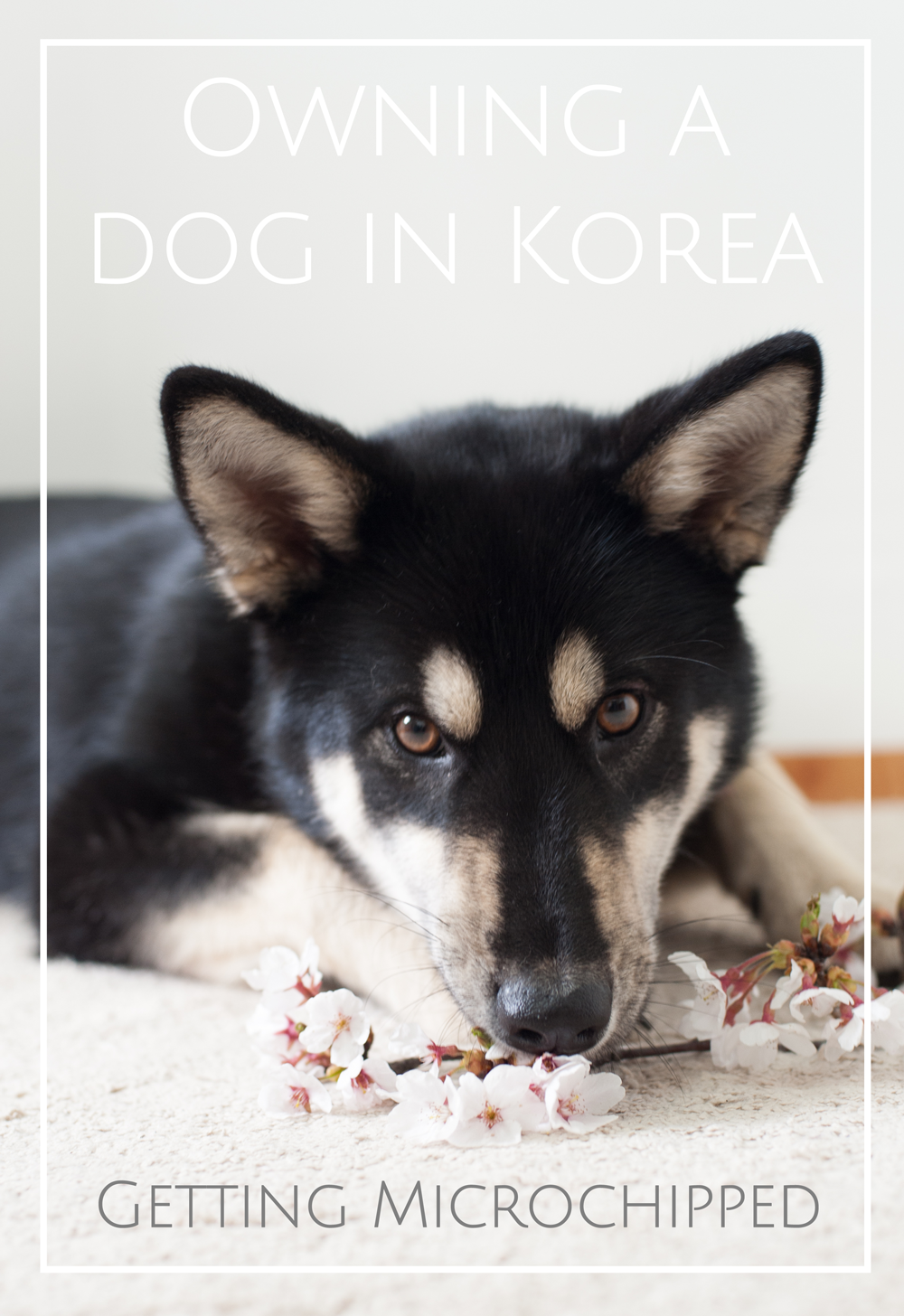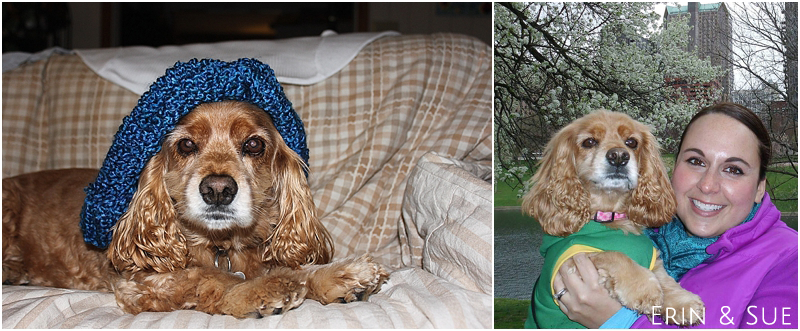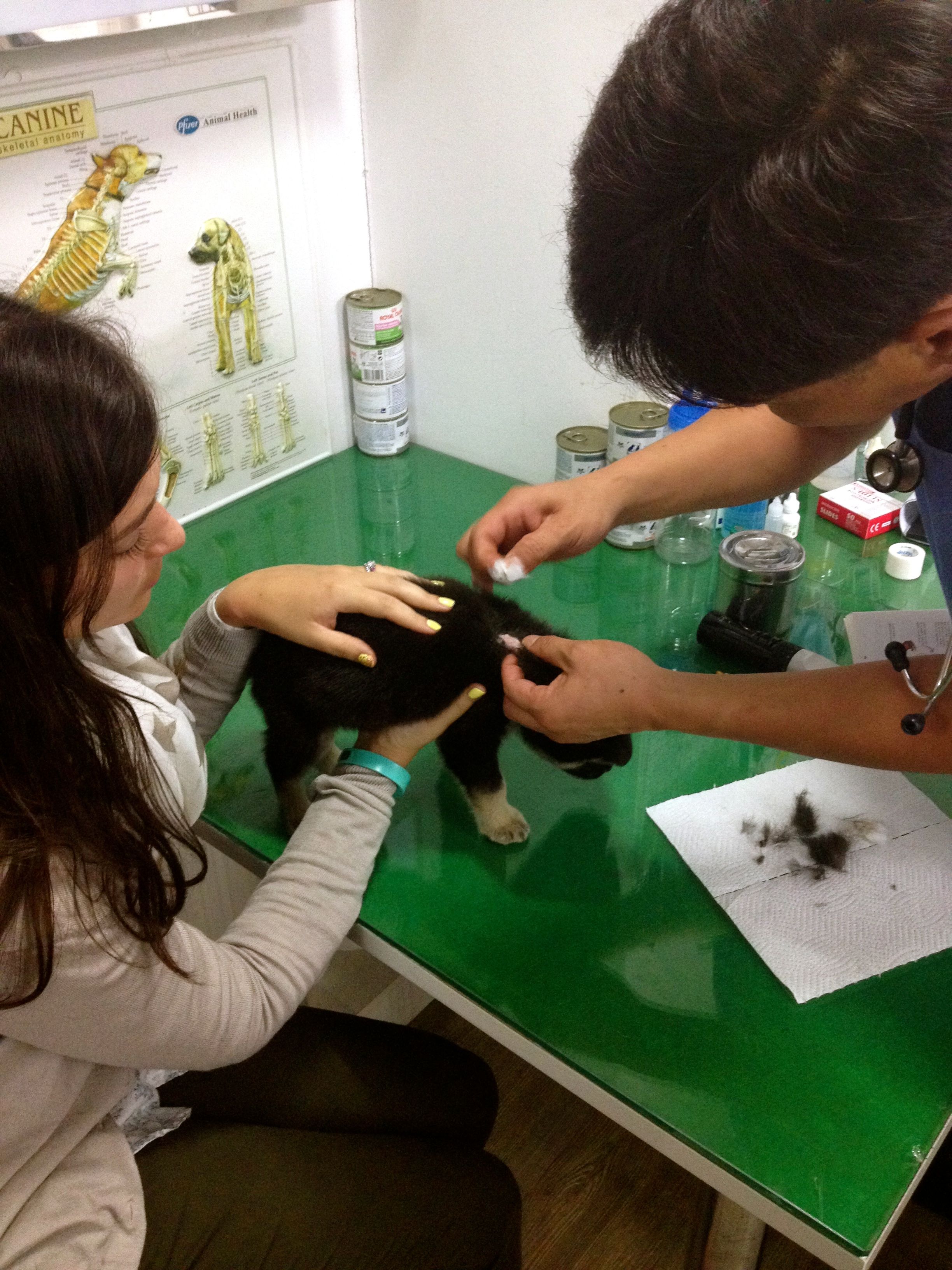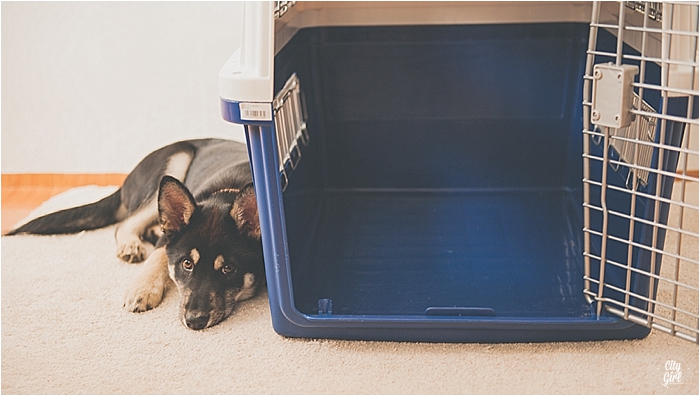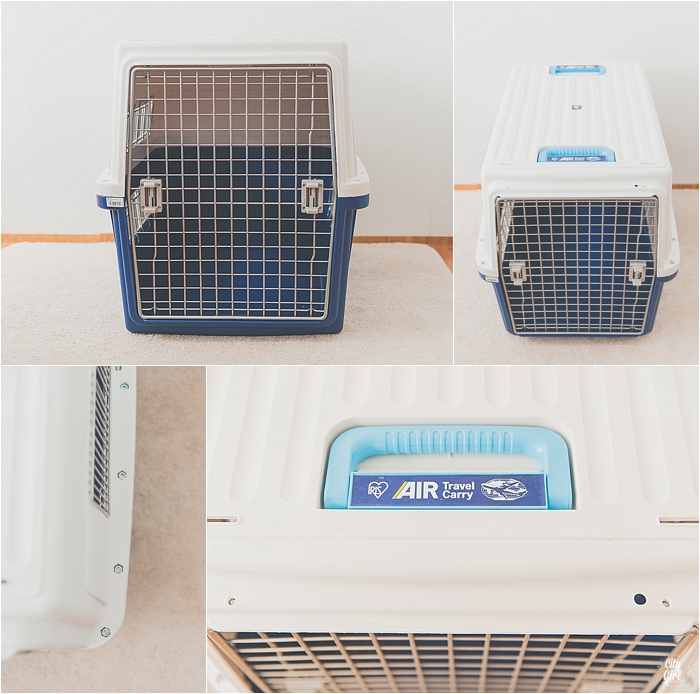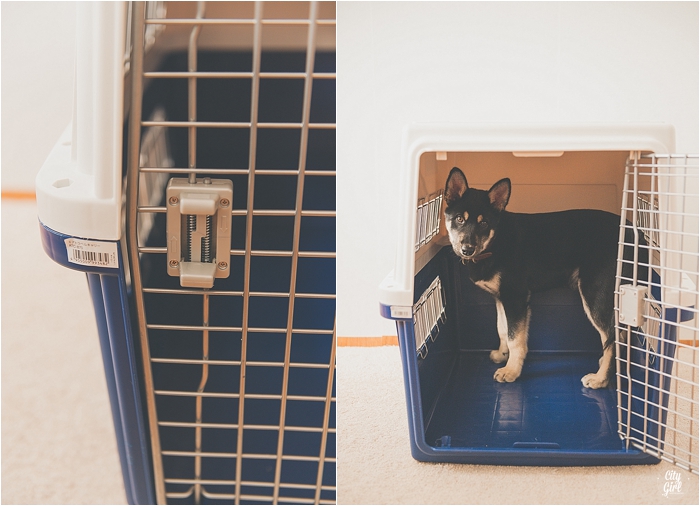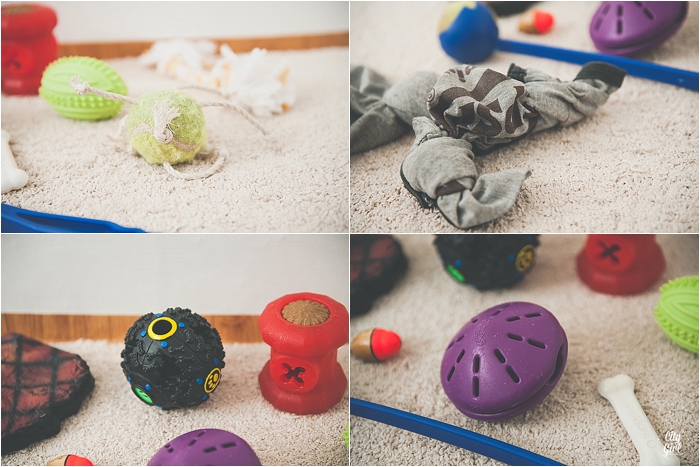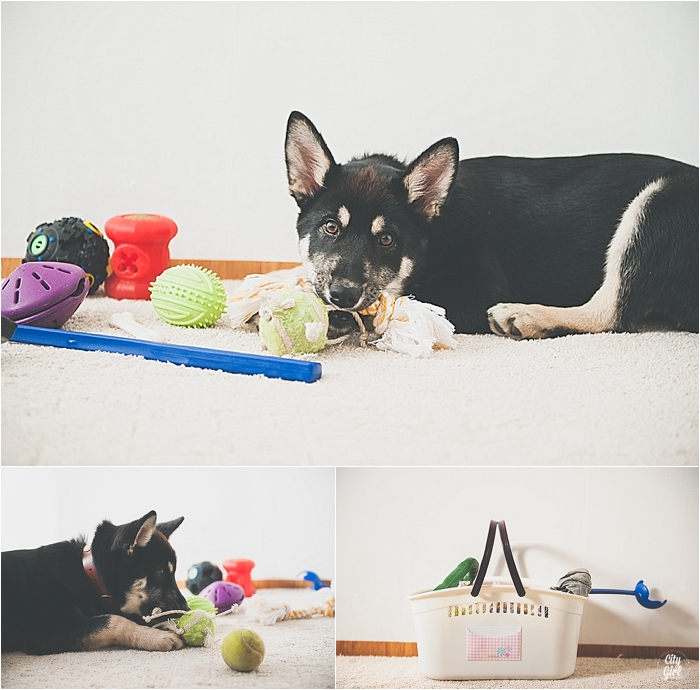Dog Friendly Accomodation in Gwangju, South Korea. Hertz Guesthouse
/Owning a dog in Korea is so much harder than people realise. Korea is not very pet friendly, and although this is improving, small dogs (or rather teeny, tiny handbag size pooches) are far more accepted and approved of than big dogs.
I own a 'big' dog, although he would be termed medium size in any other country.
Shadow, my 1.5 year old Korean Jindo, is a rescue dog whom we found on the side of the road in September 2013...you can read more about him by clicking here.
But, after lots of trial and error, I have found some great places that allow 'big' dogs that don't cost an arm and a leg and are near the popular areas of each city. It's no fun having to stay miles and miles away from where you want to be, as having a dog shouldn't be a huge hinderance.
This post is about Hertz Guesthouse, an awesome place to stay right in the heart of downtown Gwangju.
Read More



